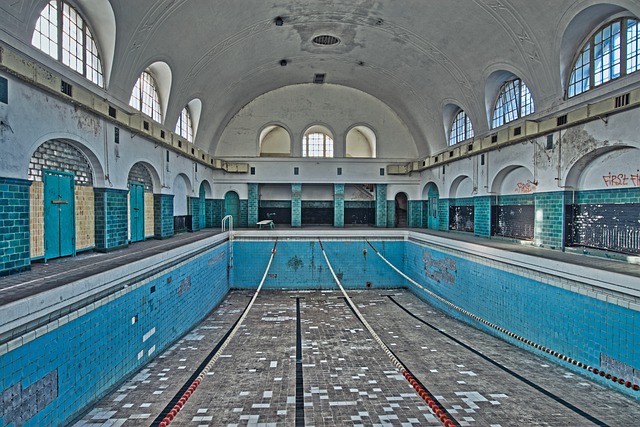A neglected pool, whether overgrown with algae, littered with debris, or abandoned for an extended period, can be a daunting sight. However, with the right knowledge and concerted effort, reviving a neglected pool is not only possible but can also be a rewarding project. In this comprehensive guide, we’ll provide step-by-step tips and insights on rescuing an overgrown or abandoned swimming pool, turning it from an eyesore to a sparkling oasis.
Table of Contents
Step 1: Assess the Situation
Before diving into the restoration process, carefully assess the condition of the neglected pool. Take note of the water’s color, the presence of debris, the state of the pool walls and floor, and the condition of the pool equipment. This assessment will guide your approach to rescuing an overgrown or abandoned swimming pool.
Step 2: Remove Debris and Standing Water
Start by removing any large debris, leaves, and other items from the pool. A pool skimmer net and a pool rake will be your primary tools for this task. Additionally, use a submersible pump to drain any standing water, taking care not to introduce debris back into the pool during this process.
How to Drain a Pool with a Garden Hose
Step 3: Clean the Pool Interior
Once the pool is empty, thoroughly clean the pool’s interior. Use a pressure washer or a high-power hose to remove algae, dirt, and grime from the pool walls and floor. Stubborn algae may require scrubbing with a pool brush or a pumice stone.
How to Clean Waterline Pool Tiles
Step 4: Address Algae and Bacterial Growth
Neglected pools often suffer from algae overgrowth and bacterial contamination. Shock the pool with a high dose of chlorine to kill algae and bacteria. This process may need to be repeated if the infestation is severe. Additionally, consider using algaecides to prevent future algae growth.
How to Get Rid of Algae in a Swimming Pool
Step 5: Inspect and Repair Pool Equipment
Examine the pool equipment, including the pump, filter, and skimmer, for damage or wear. Replace or repair any broken or malfunctioning components. Clean or replace the pool filter, and ensure that the circulation system is functioning properly.
Step 6: Test and Adjust Water Chemistry
The neglected pool’s water chemistry is likely to be imbalanced. Use a water testing kit to measure pH, chlorine levels, alkalinity, and calcium hardness. Adjust these parameters as needed to create a balanced and safe swimming environment.
The Importance of Cyanuric Acid in Your Pool
Step 7: Address Structural Issues
Inspect the pool structure for cracks or damage. Repair any structural issues using appropriate materials such as pool patch or underwater epoxy. Addressing these issues is crucial to prevent further damage and water leakage.
How to Find & Fix a Swimming Pool Leak
Step 8: Refill and Circulate Water
Once the pool is clean, equipment is in working order, and the water chemistry is balanced, it’s time to refill the pool. As the water is filling, run the circulation system to ensure that fresh water is properly distributed throughout the pool.
How to Fill a Saltwater Swimming Pool
Step 9: Monitor and Maintain
After refilling the pool, monitor its condition closely. Continue testing and adjusting the water chemistry regularly. Keep the pool clean by skimming debris, vacuuming the pool floor, and maintaining proper filtration.
How to Avoid Swimming Pool Service Callouts
Step 10: Landscaping and Aesthetics
Enhance the pool area by addressing landscaping and aesthetics. Trim overgrown plants, repair or replace fencing, and consider adding features like lighting or new poolside furniture to create an inviting atmosphere.
Conclusion: Enjoying the Fruits of Your Labor
Reviving a neglected pool requires time, effort, and dedication, but the transformation is undoubtedly worth it. By following these comprehensive steps, you can rescue an overgrown or abandoned swimming pool and bring it back to life. Regular maintenance and preventive care will ensure that your revitalized pool remains a source of enjoyment for years to come. Remember, a neglected pool can be revived, and with the right approach, you’ll soon be swimming in crystal-clear waters once again.

